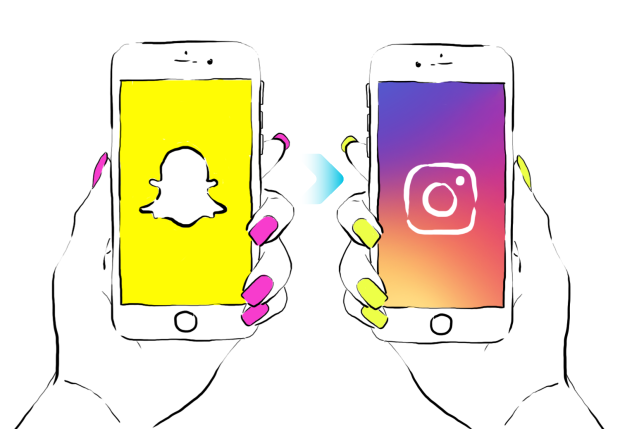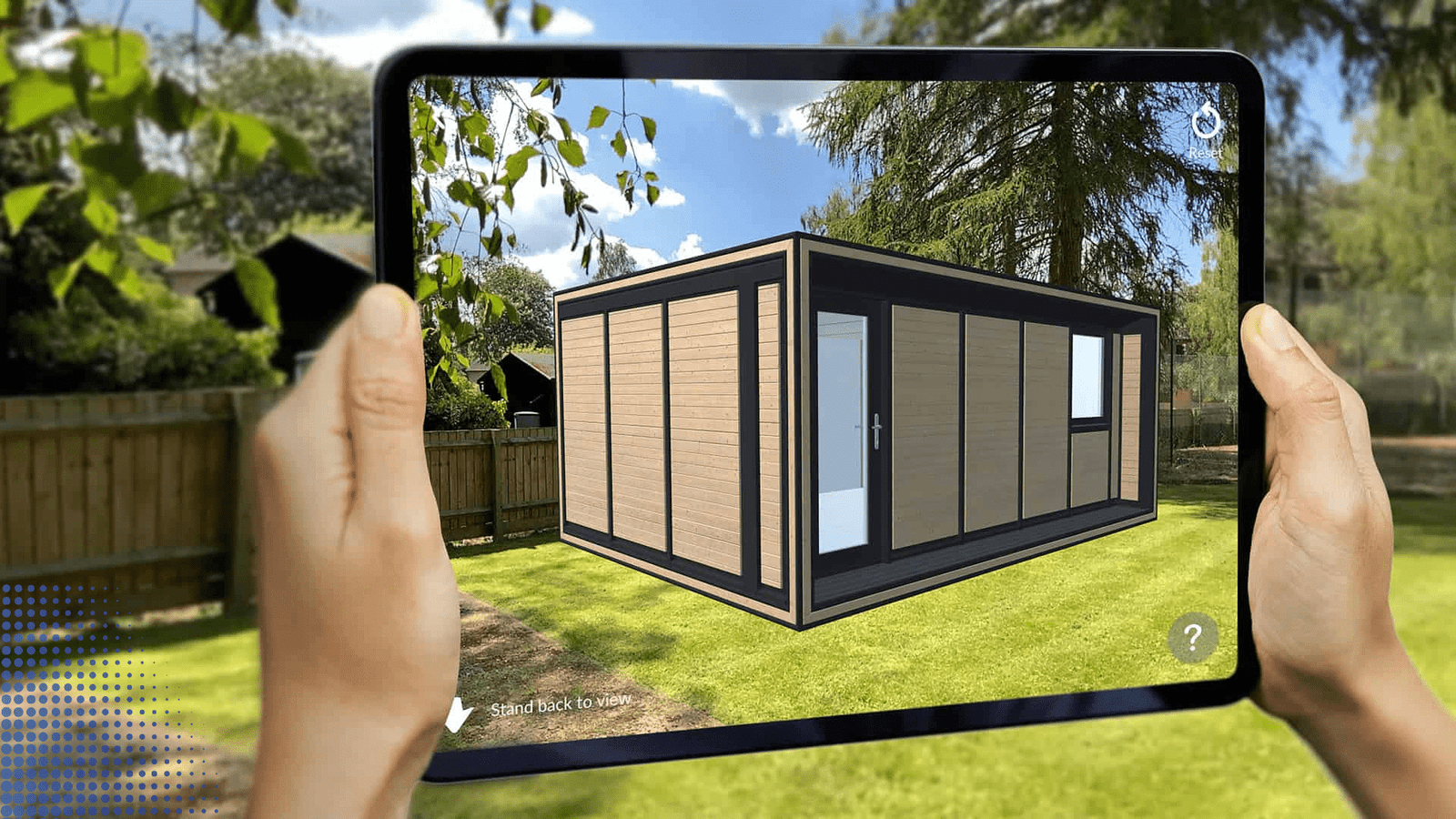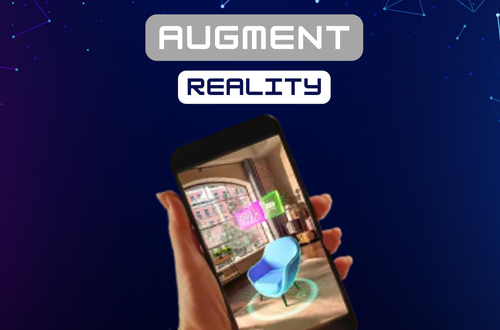Augmented reality (AR) which was previously considered as a part of science fiction in the year 2024 has become more of a reality in the lives of people and their day to day existence affecting many spheres of their lives. Its Applications are not restricted to industries anymore and now it is weaved in each and every activities of life. In education, people can attend classes where they are provided with a more engaging lesson in which the subject matter, whether it is history or science is presented in an entertaining and immersive manner. Surgeons currently use AR to view surgeries as well as plan, execute and monitor the entire process which enhances the outcomes. Even the retail product has taken a new turn whereby people do not have to physically be present in the store to try on the clothes or even play with toys. The workplace makes it less demanding to utilize augmented reality for remote collaboration tools; organizations may use it to examine 3D models and virtual renderings concurrently irrelevant of geographical isolation.
However, that is not all, AR is not confined to entertainment where interactive gaming as well as live events come close to the audience participation like never before. Wearable computers such as smart glasses and other augmented reality devices are no longer a novelty in 2021, combining digital and real worlds seamlessly. Thus, based on these considerations, it can be concluded that further development of augmented reality gives the opportunity to create new values for different sectors, which means that 2024 will become the year of wider application and developments of the innovative and revolutionary technological platform for mankind – AR. AR is in a unique position to be at the very forefront of the changes that have already happened, but are still the future, which in this popular technospeak often means now.
What is augmented reality?

Augmented reality (AR) is the process that uses technology to impose certain digital data such as image, video, or model onto the real world environment thus improving the perception. AR is the technique of augmenting the real world by overlay with computer generated graphics with the help of devices such as smart phones, tablets and AR glasses in real time. This is done using cameras, sensors and algorithms that analyse the real world environment and setting to integrate virtual information.
AR technology can be applied in several areas and sectors as it has made significant developments across them. ,In education, it develops lessons that can be applied interactively through visual perception of concepts. They help in surgeries and medical training sessions by giving live and accurate data and 3D anatomical models in health care the classification is also beneficial in classifying categories in other fields and activities. This paper discovers that, currently, retailers employ AR for fitting and dictates that it enhances consumer satisfaction and interaction. Further, it also aids gaming, navigation, and remote collaboration by overlaying contextual and interactive elements on top of the basic actions. Taking into consideration the fact that the AR technology is still in its initial stages, it can be concluded that the impact that it may have on the world is approaching infinity.
How does augmented reality work?

Augmented reality (AR) works by taking the context of the real world around a given point and adding content over it, resulting in an immersive experience. It operates through the creation of a parallel infrastructure of virtual images that can be overlaid on the environment through a combination of hardware and software. AR gadgets, including smartphones, tablet computers, and smart glasses, use built-in cameras; various sensors; and high-performance microprocessors for capturing the environment and analytical computations. Then this software takes this data, create and overlay the content, which can be images, videos or even 3D models onto the physical environment in real time manner.
Computer vision, the technology that enables devices to analyze visual data originating from the actual context of the environment, serves as the foundation of AR. Typical AR applications require complex mathematical computations aimed at object identification and positioning, pattern recognition, and defining spatial relationships. This is useful for translating screen touched user interfaces into digital and physical interactions, which transforms interactions into an effortless and compelling endeavor. Further, key innovations in artificial intelligence and machine learning algorithms have upgraded the AR, making it more enhanced and grounded.
Facilitating the reality of augmented reality, the technology is quickly advancing and infiltrating nearly every aspect of life, including entertainment, gaming, education, healthcare and many others. It is for this reason that this advanced technology is going to revolutionize the human interaction with reality.
Differences between AR and VR?
Augmented Reality (AR):
Augmented reality (AR) is a technology where through the use of computer graphics, information is overlay or inserted on top of an image of a real world, thus improving the view of the physical world. This technology employs handheld devices, such as smartphones, tablets or smart glasses to place digital objects into the real environment in real-time. This is realized byincorporating cameras/sensors through which it can sense and comprehend the context and physically act on it to enable the digital objects to fully interface with the physical environment. Incorporated as games and highly interactive learning environments, as well as in the realms of navigation, retail, and industrial maintenance, and many more, AR applications enhance the user experience and give the user a rich augmented reality environment without depriving him of a connection to the physical world.

Virtual Reality (VR):
Virtual reality (VR) places the user in a unique environment where one can experience what is in the world or in a totally different environment. The users often utilise a VR headset which limits the perception of reality and employs display components based on stereoscopy and movement detectors to monitor the head and body movements and allow operations within the virtual environment. Some of the more frequent uses of VR include video games, simulations for training and education, virtual tourism, as well as in medical and psychological treatment, thus providing people with the ability to be in different environments. While, as mentioned earlier, AR just overlays virtual content on top of the real world, augmenting reality, or at least particular aspects of it, VR fully immerses users in a digital environment, effective removing them from the real physical world.
Top AR use cases in 2024
1. Education and Training:

Strategized by making meanings lively through the uses of Augmented Reality in that it constructs subjects and materials in the form of 3D models and simulations. Children can learn such historical events, science, computer systems and many other things in quite an interesting way, while on the other hand, the working professionals can be trained in a way that mimics real-world reality, thereby enabling them to enhance their knowledge and abilities very effectively.
2. Healthcare:
In general, AR helps surgeons and other medical specialists to provide patients with specific cues, clearly see elaborated elements of the human body and study various topographical and intratopographical spatial relations during operations. Benefits of AR include; enhancement of diagnosis, patient information and general knowledge to patients, and medical education, thus enhancing correctness in healthcare.
3. Retail and E-commerce:
AR helps to try on clothes with a smartphone or a tablet, and evaluate how a shirt, a dress, a handbag, or a couch will look and how will fit in a real-life setting before a customer decides to buy it. Clients are more satisfied with goods that they are able to touch, feel, and try on in person, and the return rates decrease, boosting sales.
4. Remote Collaboration and Workspaces:
Team members can work on AR as they have an ability to communicate with 3D models, virtual boards and other joint working spaces in real time. This increases efficiency and cooperation in completing tasks, eliminating the barriers that come with staff being situated at different geographical locations.
5. Entertainment and Gaming:

AR games and other forms of immersive content still remain interesting and challenging for audiences, successfully mixing virtual objects with one’s environment. Conferences, performing arts, and tourist attractions also make use of AR in making the experience more dynamic in terms of environments that guests get to see.
6. Industrial Maintenance and Manufacturing:
AR proves useful in industrial facilities whereby instructions on how to maintain equipment, diagnosing issues and various real time details are often displayed over the related equipment. This allows technicians to carry out their charges with a lot more precision and speed, meaning manufacturing and maintenance cycles are also made faster and more efficient.
7. Navigation and Travel:
AR applications in daily life give the users better navigation and travel experience by superimposing directions, points of interest, and other real-time info over the camera’s feed. Some of the ways that AR can be used includes; Tourists can go around the cities with augmented reality city tour guides where they get to learn more about the city as well as specific details about particular areas of interest.
Examples of AR in 2024
1. Snapchat and Instagram AR Filters:

Unfortunately, AR filters on Snapchat and Instagram remain one of the well-documented examples of the broad application of augmented reality. With the help of these filters, users can turn their pictures and/or videos into a masterpiece with additional features such as playful animations, virtual makeup, and everything related to interactive effects, meaning that millions of users across the globe can engage and create.
2. Microsoft HoloLens in Healthcare:
A herald of AR is the Microsoft HoloLens in the sphere of healthcare. HoloLens is employed by surgeons and other healthcare workers to see patients’ anatomy in three dimensions to help and be guided in operations or consult and get advice form other experts at a distance. Enhances accuracy of medical procedures and achievement, benefitting from training on various treatments.
3. Pokemon GO:

Meanwhile, Niantic Company’s Pokemon GO also presents one of the most typical examples of augmented reality games as it combines the equally popular Pokemon universe with the physical environment of our world. It involves players searching for the digital beings, occasions, and other players to capture these creatures and take part in events to guarantee it continued its relevant interest among players after its release.
4. IKEA Place App:
Furniture-visualization app IKEA Place helps consumers figure out how a couch or a dresser will look in their home before they spend money on it. Through the app, the customers are able get the feel of how such products fit and appear into their premises thus improving on decision making and the experience of the whole shopping process. It has turned into a useful method to solve real world problems faced by those who decorate homes and those who purchase furniture.
5. Google Maps Live View:

Google Maps app also offers Live View in augmented reality to guide users through the navigation. To regain control after reversing, the driver can use Live View to instruct the pedestrian where to go through the graphical overlay of arrows and directions on the camera feed. Navigation can be made more accurate and convenient, that is why this option is favorite among both traveling and people who live in cities.
Future of AR Technology

Thus, the concept, known as Augmented Reality (AR), is rapidly advancing and holds the great prospect of changing multiple industries when digital information is overlaid on the real world. Further development of AR can potentially mean more smarter and natural interfaces attributed to constant growth in artificial intelligence, machine learning and computer vision. Wearable AR devices of the form of smart glasses will evolve into lighter, cheaper, and more diffuse digital shapers for hands-free access to information and enjoyable experiences.
In education, the application of AR will facilitate the creation of 3D models of learning environments that are interactive and individualized to suit every learner’s needs and pace thus improving their understanding of the course content. AR applications in healthcare will be seen in diagnosing a disease, during surgery and within remote consultations, which will in a way also increase the quality of treatment and enhance training for would-be doctors and other health professionals. Retail will persist in adopting AR for try-on and fitting and creative provisioning of shopping, while manufacturing and maintenance sectors seek training and real-time diagnostic support and assistance.
Furthermore, it remains the key driver of the journey towards the metaverse where users engage in kind of gaming that overlays real space with new digital spaces. In summary, AR integration into daily lives will continue to enhance, living a life surrounded by seamlessly integrated technology.
Adlivetech website design services create a perfect blend of design aspects for its clients to design a masterpiece that can convey a brand message and curve a strong digital presence of the business.
DM us for any query and quick help.
Email: info@adlivetech.com
Whatsapp: Link
